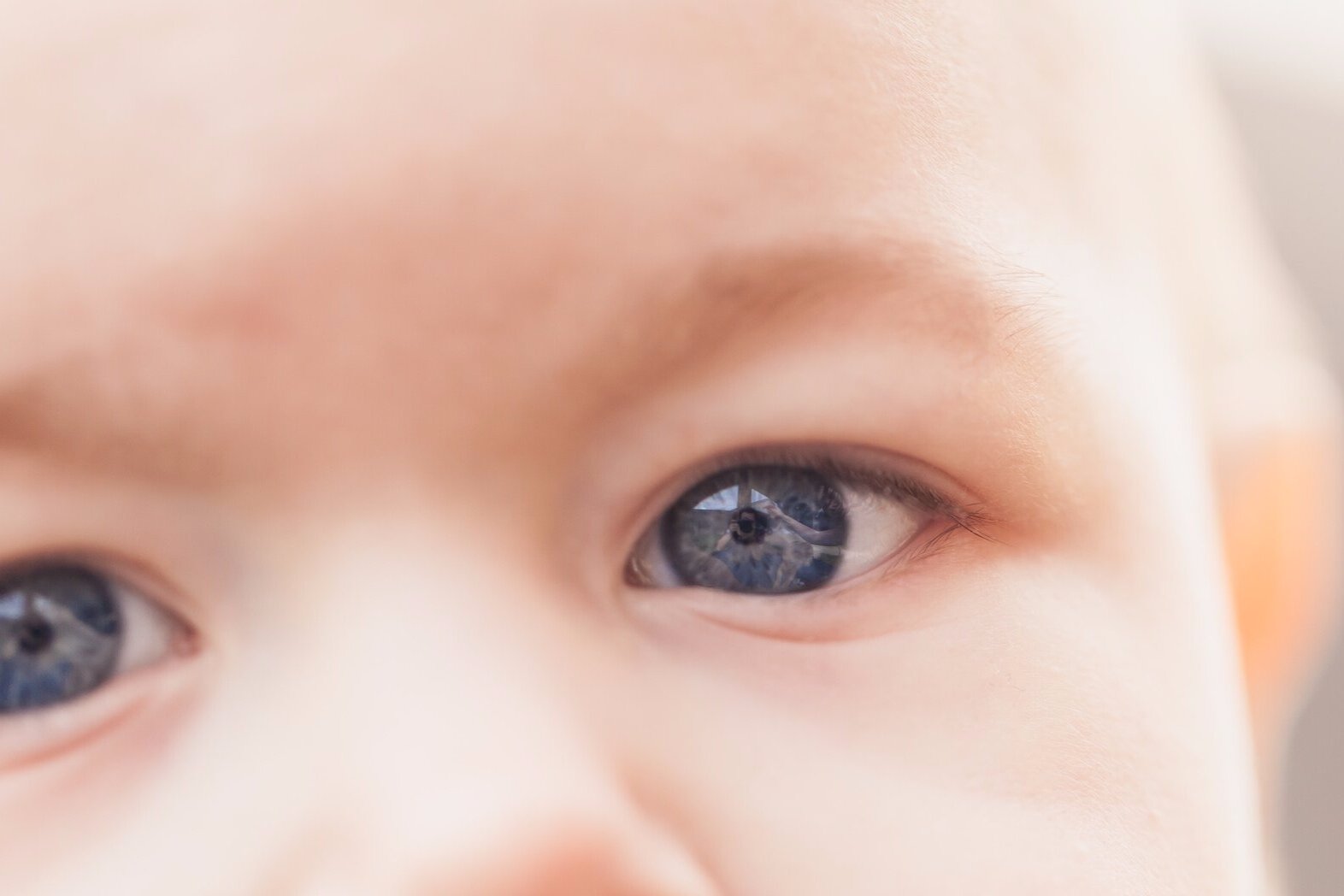Pediatric Eyelid, Eye Socket & Tear Duct Problems
Children may be born with, or develop, abnormalities of the eyelids, orbit or teat ducts. Pediatric cases require specialist care with a surgeon with experience in treating these conditions. Dr. Joos completed his training by consulting at Primary Children’s Hospital (Salt Lake City, UT) and Queensland Children’s Hospital (Brisbane, Australia)- caring for numerous infants and children with eyelid, orbital and tear duct issues. We always make room in our schedule for the needs of children.
FAQs
Tearing in Children
Some children are born with a watery eye. This is usually due to a congenital blockage of the tear ducts, which causes crusting, discharge and redness of the eye. Over 90% of these cases resolve on their own in the first year of life with conservative measures such as massage, heat and antibiotic eye drops. A small number of children require a minor procedure to open the blockage, which is overall very successful to resolve the tearing.
Eyelid Abnormalities
Children may be born with a number of eyelid abnormalities or suffer from trauma (lacerations, dog bites). One of the most common pediatric eyelid issues is congenital ptosis. This means that one or both of the eyelids are droopy, which can block the vision. Without adequate visual input, the visual system may not develop properly. Congenital ptosis is caused by abnormal development of the muscle that raises the eyelid (levator palpebrae). In severe cases, children may develop amblyopia (lazy eye), which can limit the visual potential for life. It is critical to be evaluated by an ophthalmologist if you think your child has a droopy eyelid. Proper treatment includes both visual therapy, and in some cases, surgery to elevate the eyelid to the proper position to promote proper visual development.
Epiblepharon is another common condition typically seen in young Asian children. In this condition, the lower eyelid rolls inward and the eyelashes chronically rub on the child’s eye. Surprisingly, some children may have no symptoms but others may have red eyes, discharge, light sensitivity and pain. Evaluation by an ophthalmologist is essential to rule out any damage to the surface of the eye. In many cases, as children grow, the eyelid position normalizes. In cases where recurrent infections or corneal damage has occurred, minor surgery is recommended.
Orbital Disease
Unfortunately, eye socket disease such as acute infection (orbital cellulitis), tumors, and trauma affect children. Keep in mind that the eye socket not only houses the eye, but is also adjacent to the brain and other critical structures. Prompt evaluation and treatment is necessary for any pediatric orbital issue.

